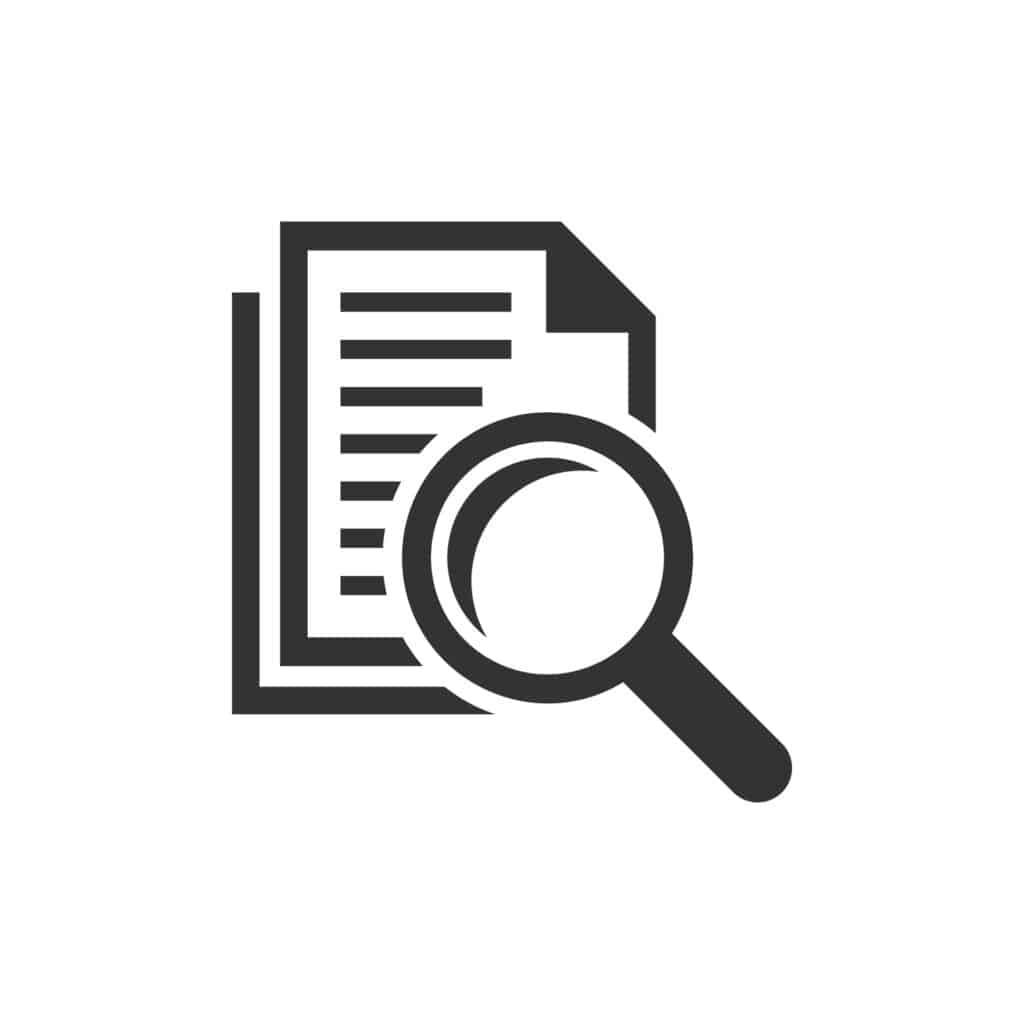- 833-KNK-HELP (833-565-4357)
- (877) 821-4008



OASIS Knowledge
- May 15, 2023
Finding errors when reviewing OASIS has been going on for more than two decades and has been driven by the information provided in the official guidance. A good reviewer looks for the consistency of the responses with the rest of the documentation and ensures that even the quirky OASIS rules are being followed.
Since OASIS E started on January 1, there was a fundamental change in how data was collected. Most new items are standardized tests (BIMS, PHQ 2-9), interview questions with specific rules regarding use of proxy or time parameters, or items that must be read to the patient exactly as written. These items are less about what the clinician assesses and more about following directions.
So how confident am I that the clinician knows and consistently follows those directions? Unless I go out with them on every visit or we start buying body cameras, we must admit we can’t “see” that in the documentation. It is not like the functional items where the reviewer can look at the fall risk assessment, the narrative from the admitting clinician, and any consultation with other clinicians to see if the responses line up.
K&K Health Care Solutions began integrating OASIS E new items into our OASIS Knowledge Assessment product in late 2022. After looking at the results of the last 6 months, I am very concerned that there are issues not being caught in the traditional review process. Based on a much higher than expected error rates on the test questions, here are a few examples:
- Thinking that the clinician is a “proxy” to choose a response when the patient is “unable to respond”.
- Not understanding that when a patient “declines to respond” you cannot get that information from anyone or anywhere – it’s a hard stop!
- Knowing that the time frame for the transportation item is “the last 6 months to a year”
- Correctly applying the definition of “continuous” oxygen.
- Not following the time parameters tied to each step of the BIMS
That list is not complete but has a consistent theme – none of those issues can be found by just doing the review of the OASIS document.
Does it matter?? In the April 2023 Q&As, CMS made it very clear that they are collecting and analyzing the data from the new items to integrate into the risk adjustment model going forward. If we are not providing correct data NOW, it WILL come back to haunt us!
